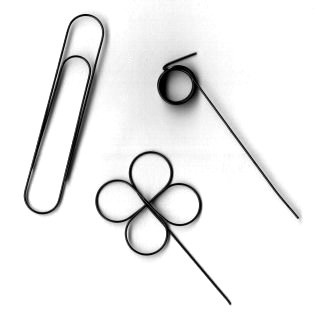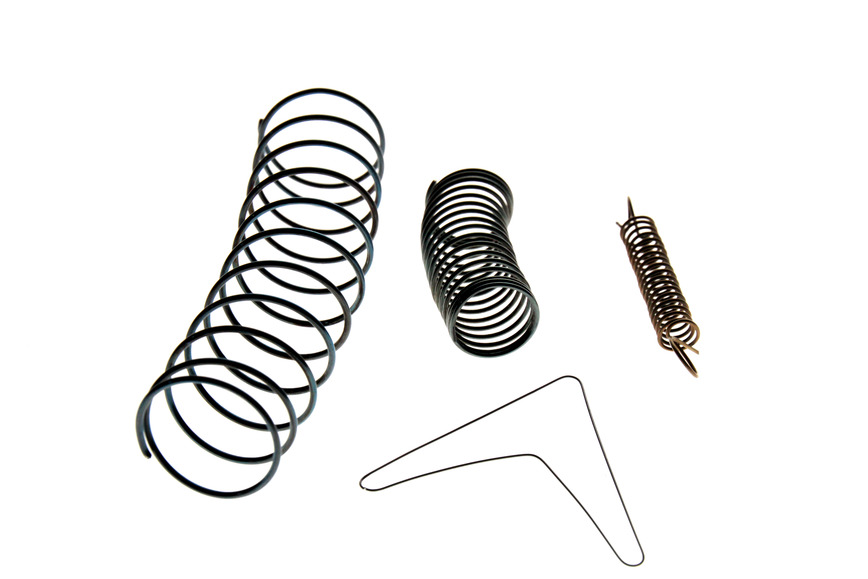How Is Nitinol Used
Although many applications of Nitinol remain invisible to the general public, some are well known. Nitinol eyewear frames may be deformed significantly yet return to their original shape. Several years ago, mobile telephones featured retractable antennas manufactured from Nitinol, which could bend without breaking or becoming permanently distorted.

Several applications utilise the shape memory capability of Nitinol. A recognised computer manufacturer employed a Nitinol mechanism for ejecting PCMCIA cards. Nitinol is used in couplings that join the ends of hydraulic hoses in aircraft. In a less serious application, Nitinol permits spoons to be bent when immersed in hot water.
The superelastic properties and biocompatibility of Nitinol render it a suitable material for a range of implanted medical devices. A familiar device is the stent, which supports and maintains the patency of blood vessels. Owing to Nitinol’s superelasticity, medical devices such as stents or heart valves can be compressed to fit inside a catheter. The catheter is positioned at the intended anatomical site; the device is released and reverts to its original shape.

The same superelasticity renders Nitinol the exclusive material suitable for stents deployed in the carotid artery or in the blood vessels of the legs. At these vulnerable sites, an impact may deform a stent temporarily. However, a Nitinol stent reverts to its designated shape. Stents constructed from alternative materials would be crushed or permanently deformed by such an impact.
Surgical instruments and components manufactured from Nitinol meet many requirements, particularly in minimally invasive or arthroscopic procedures. They utilise the advantages of Nitinol’s superelasticity and fatigue resistance. A curved tool is straightened and inserted through a cannula or a rigid tube. After exiting the cannula, the tool re-assumes its original shape. The surgeon conducts the procedure; subsequently, the tool is retracted into the cannula, where it returns to a configuration that facilitates its removal.
Read more: Nitinol - a shape memory alloy

 Bars
Bars
 Beads & Spheres
Beads & Spheres
 Bolts & Nuts
Bolts & Nuts
 Crucibles
Crucibles
 Discs
Discs
 Fibers & Fabrics
Fibers & Fabrics
 Films
Films
 Flake
Flake
 Foams
Foams
 Foil
Foil
 Granules
Granules
 Honeycombs
Honeycombs
 Ink
Ink
 Laminate
Laminate
 Lumps
Lumps
 Meshes
Meshes
 Metallised Film
Metallised Film
 Plate
Plate
 Powders
Powders
 Rod
Rod
 Sheets
Sheets
 Single Crystals
Single Crystals
 Sputtering Target
Sputtering Target
 Tubes
Tubes
 Washer
Washer
 Wires
Wires
 Converters & Calculators
Converters & Calculators
 Write for Us
Write for Us
 Chin Trento
Chin Trento



